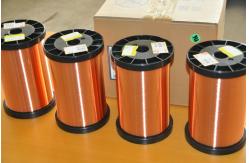Transformer Enameled Copper Wire Using IEC Standard Class 155/180
|
|
Transformer Enameled Copper Wire Using IEC Standard Class 155/180 Electric motors contain coils to produce the required magnetic fields. For a given size of motor frame, high conductivity material reduces the energy loss due to coil resistance. Poorer conductors generate more waste heat when transferring electrical energy into kinetic energy. Because of its high electrical conductivity, copper is commonly used in coil windings, bearings, collectors, brushes, and connectors of motors, including the highest quality motors. Copper's greater conductivity versus other materials enhances the electrical energy efficiency of motors. For example, to reduce load losses in continuous-use induction-type motors above 1 horsepower, manufacturers invariably use copper as the conducting material in windings. Aluminium is an alternate material in smaller horsepower motors, especially when motors are not used continuously.
|
|||||||||||||||||||||||||||||||||||||||||||||||||||||||||||||||||||||
| Product Tags: Class 155/180 Enameled Copper Wire IEC Standard Enameled Copper Wire Transformer Enameled Copper Wire | |||||||||||||||||||||||||||||||||||||||||||||||||||||||||||||||||||||
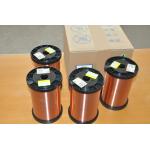
|
0.18mm Speaker Coil Usage Enamelled Copper Self Bonding Wire |
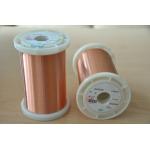
|
0.1mm- 1.3mm Enameled Copper Wire Winding Wire Copper Solid |
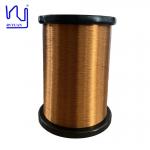
|
AIW/EIW/UEW/PEW0.05mm- 0.20mm Enameled Copper Wire Magnet Wire |
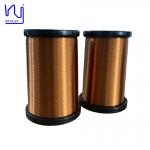
|
AIW220 0.18mm Enameled Copper Wire Magnet Wire |
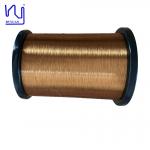
|
AIW220 Enameled Copper Wire Self-bonding Self-adhesive 0.18mm High Temperature |
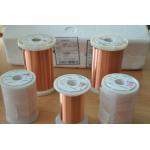
|
Solderable 2UEW/3UEW Super Thin Magnet Wire Enameled Copper Wire |

